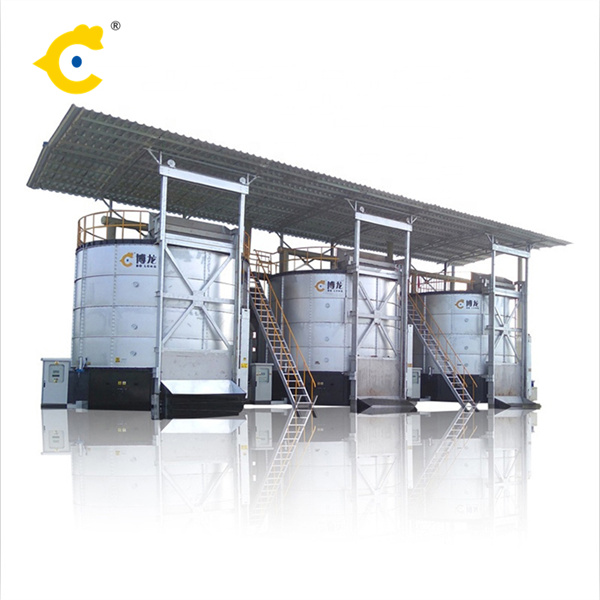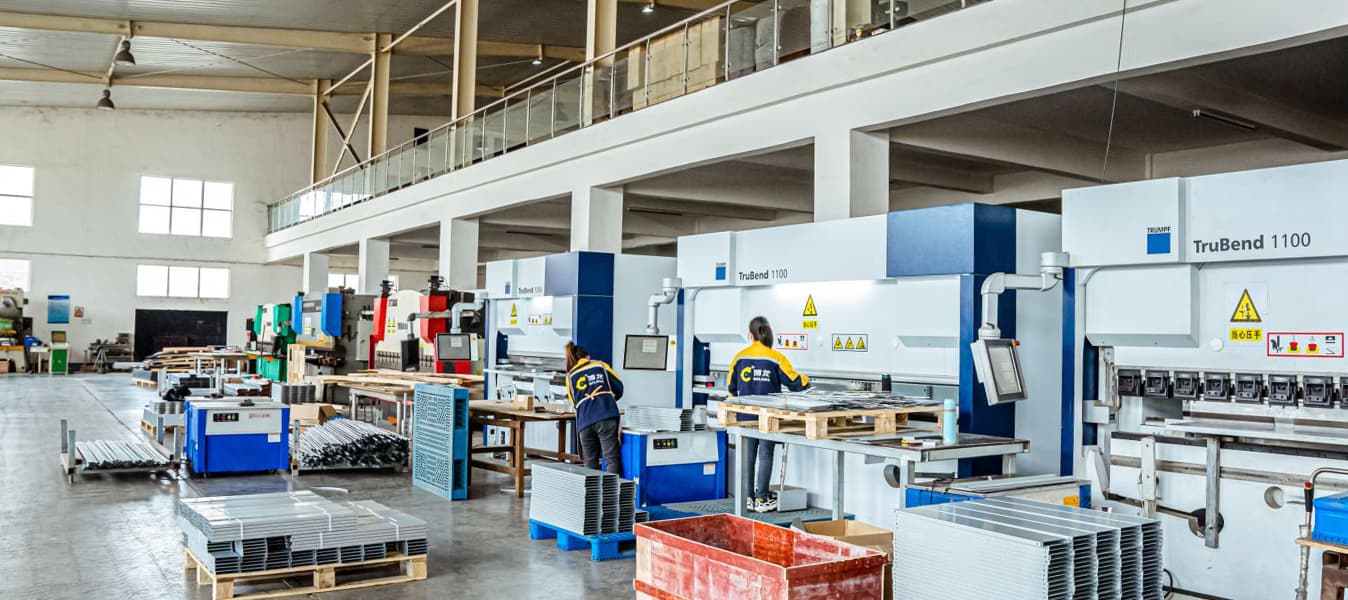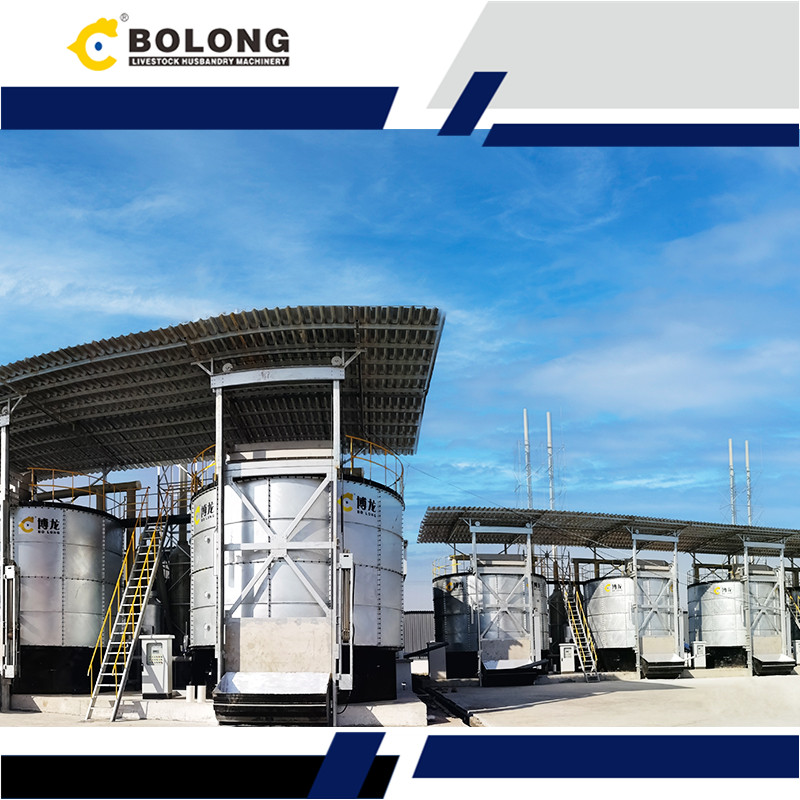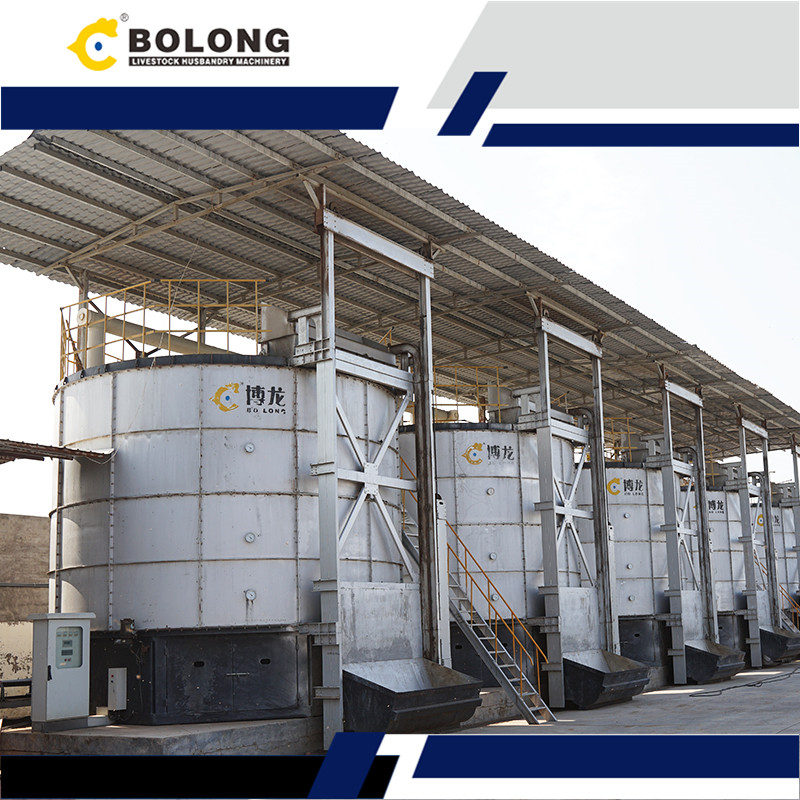Introduction
The field of livestock fermentation technology is constantly evolving, with new innovations enhancing efficiency, sustainability, and usability. This article explores the latest technological advances in livestock fermentation tanks and their impact on the industry.

Advanced Aeration Systems
Modern tanks feature automated aeration systems that adjust oxygen levels based on real-time data. This ensures optimal aerobic conditions for microbial activity.
The use of microbubble aeration technology increases the surface area for oxygen transfer, enhancing the efficiency of the fermentation process.
Enhanced Temperature Regulation
Advanced temperature control systems use sensors and automated adjustments to maintain ideal fermentation temperatures. These systems can adapt to external weather changes, ensuring consistent internal conditions.
New energy-efficient heating elements reduce energy consumption while maintaining optimal fermentation temperatures, contributing to cost savings and sustainability.
Improved Microbial Inoculants
Research has led to the development of tailored microbial consortia that are specifically designed for different types of livestock waste. These consortia enhance the decomposition process and increase efficiency.
Slow-release microbial inoculants provide a steady supply of active microorganisms, ensuring continuous and effective waste breakdown.
Real-Time Monitoring and Analytics
The integration of Internet of Things (IoT) technology allows for real-time monitoring and remote control of fermentation tanks. This enables farmers to make data-driven decisions and optimize the process from anywhere.
Predictive analytics software analyzes historical and real-time data to forecast fermentation outcomes, allowing for proactive adjustments and improved efficiency.
Modular and Scalable Designs
Modular fermentation tanks can be easily expanded or reconfigured to meet changing needs. This flexibility is particularly beneficial for farms looking to scale operations.
Advances in design have led to more compact fermentation tanks that require less space while maintaining high capacity and efficiency.
Sustainable Materials and Practices
The use of sustainable, corrosion-resistant materials such as stainless steel and recycled plastics extends the lifespan of fermentation tanks and reduces environmental impact.
Many modern tanks now integrate waste-to-energy solutions, such as biogas production, further enhancing the sustainability and economic viability of the system.
Conclusion
The latest technological advances in livestock fermentation tanks are revolutionizing waste management in the farming industry. From automated aeration and smart temperature control to IoT integration and sustainable materials, these innovations are enhancing efficiency, sustainability, and usability. By adopting these advanced technologies, farms can improve their waste management practices, increase profitability, and contribute to environmental conservation.



